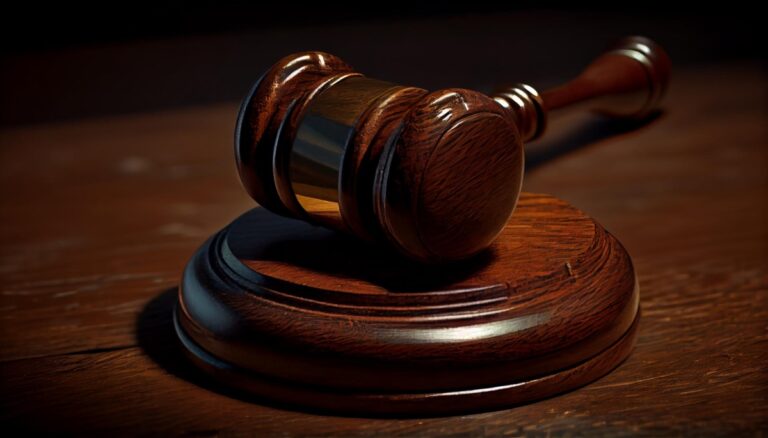Although collective enfranchisements sound like complex legal procedures, they are, in fact, very straightforward. The concept relates to how a property is held by those who have an interest in it and what rights are conferred upon them.
Over the last century it has become more and more common for large properties to be divided up into individual ‘flats’. Where the leasehold (right to occupy land or buildings) on a property is held by a number of different leaseholders, it’s possible for them to acquire the freehold (outright ownership of land or buildings). Or in other words, ‘enfranchise’ the property.
‘Collective’ enfranchisement refers to the fact that it will be a group of people who acquire the freehold, rather than just one person.
Simply.Law member solicitors will be able to advise you how and why being involved in collective enfranchisement may benefit you. Our member lawyers are highly experienced in this area and they will bring a wealth of knowledge to your situation; meaning that you can make the best decision for your circumstances.
Why would I want to join in with collective enfranchisements?
The process of enfranchising a building can be an attractive one. It allows the leaseholders to do certain things, inter alia:
- lengthen the term of the lease by giving themselves new leases
- clear up any existing problems in respect of how the property is held
- the leaseholders will have ultimate control of the property
- when it comes to selling the flat, one with a ‘share of freehold’ is a more attractive prospect for buyers than one without
Essentially, there are many ways in which collective enfranchisement can be of benefit. A solicitor from Simply.Law will be able to explain the main points, identify the best way for you to progress, and advise accordingly on the legal issues.
How do I know if I am eligible?
The first thing to understand is that not every property is going to be suitable to for collective enfranchisement. There are a few legal conditions which must be met by those hoping to seek an enfranchisement. These include:
- the property itself must be part of a building or be a self-contained building
- the qualifying tenants must hold two or more of the flats
- the total number of flats held by the qualifying tenants must be at least 2/3 of the total number.
The law regarding collective enfranchisement
The ability to have collective enfranchisements comes from the Leasehold Reform Act 2002.
There is further legislation which goes on to provide separate definitions for a qualifying lessee and what technically constitutes a ‘flat’. However, whether a flat is within a multi-storey tower block or in a large converted single residence makes no difference. If you would like to know exactly where you stand on any of these issues, we can connect you straight away with a member lawyer who will be able to help.
There are some areas which can be unclear, such as mixed-use premises, e.g. flats above a shop. Or if the landlord is resident in one of the flats. These are typically situations where expert legal advice would be a necessity. Some properties can be excluded from being subject to collective enfranchisements, although there are certain conditions which have to be satisfied.
Get the right legal advice from the outset
To find out today how your circumstances fit into the collective enfranchisements template, don’t hesitate to contact one of our member lawyers, through Simply.Law, today. We have a number of residential conveyancing specialists who can be on hand immediately to answer any queries that you may have.
Simply.Law member solicitors – there to give clarity when you need it.

